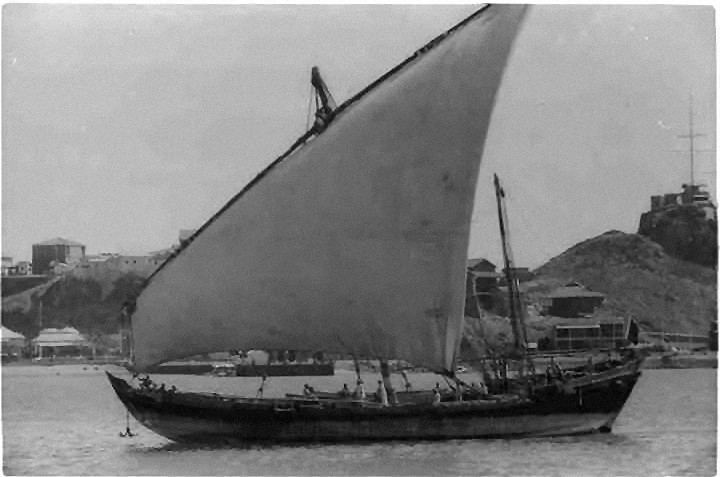 | ||
Sambuk (ultimately from Middle Persian sambūk), known in New Persian as Sunbūk (سنبوک) and in Arabic as Sambūk (سنبوك), Sambūq (سنبوق) and Ṣumbūq (صنبوق), is a type of dhow, a traditional wooden sailing vessel. It has a characteristic keel design, with a sharp curve right below the top of the prow. Formerly sambuks had ornate carvings.
History
The exact origins of the dhow are lost to history. Most scholars believe that it originated in India from 600 BC to 600 AD. Some scholars claim that the sambuk, a type of dhow, may be derived from the Portuguese caravel.
The sambuk was used along the coasts of the Persian Gulf, especially in Southern Arabia, like Saham and Sur in Oman, where it was formerly used in Diving on pearl and fishing, as well as in the Yemeni coast of the Red Sea. It is the largest type of dhow seen in the Persian Gulf today.
Usually a sambuk had one or two masts with lateen sails, but nowadays most are motorized. It has been one of the most successful dhows in history.
